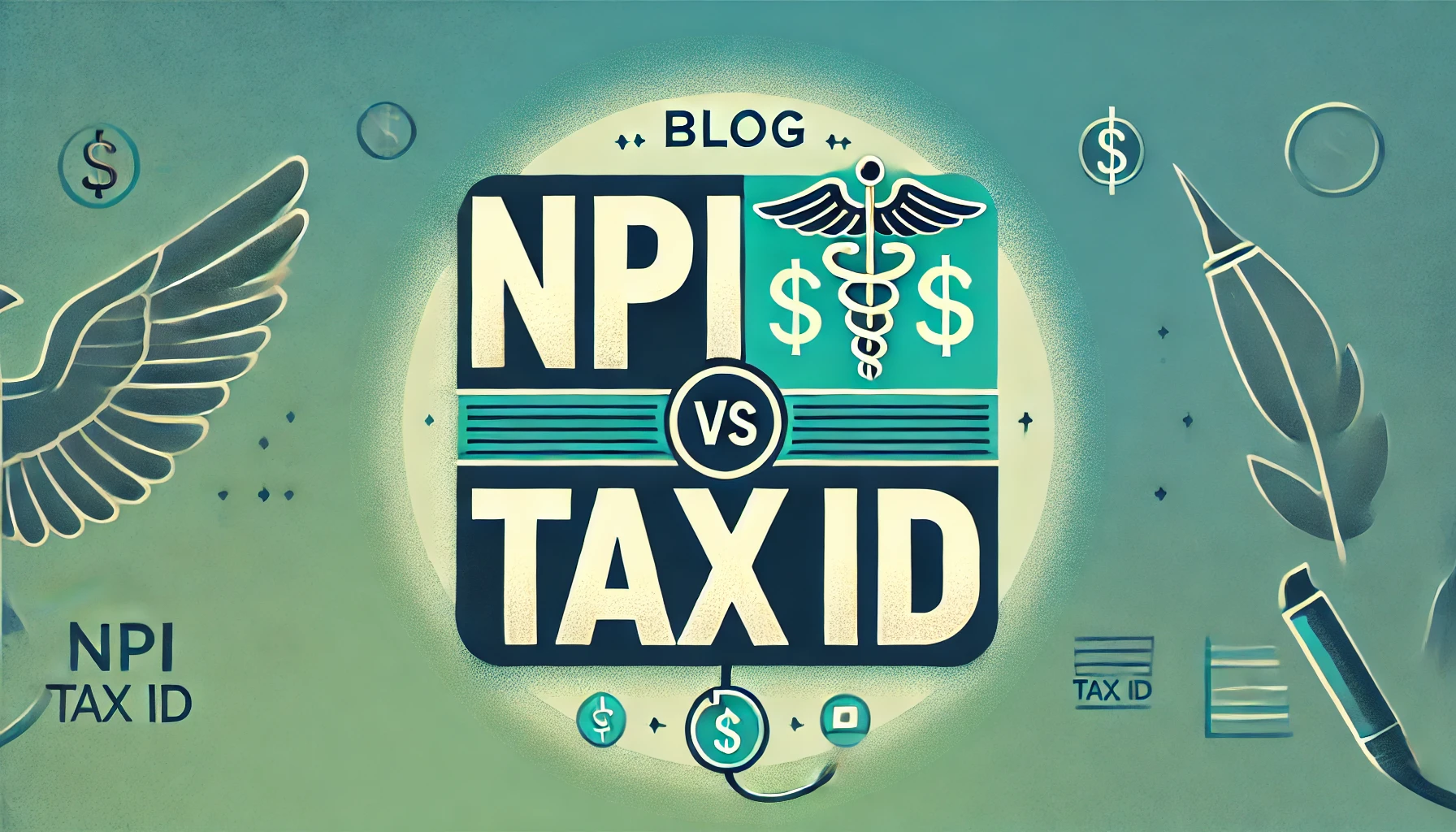What is Tax Planning: A Detailed Guide
Unlock the secrets of effective tax planning with this detailed guide, covering everything from understanding taxable income to leveraging deductions and optimizing your tax benefits for financial success in 2024.
Abhinil Kumar
Author

Definition of tax planning
Tax planning refers to the process of organizing one’s financial activities in a manner that optimizes tax efficiency and minimizes tax liability. It involves an analysis of a taxpayer’s financial situation to identify potential tax-saving opportunities and implement strategies to take advantage of them. Tax planning is a legal and ethical practice that allows individuals and businesses to manage their financial affairs in a way that aligns with the provisions of the tax code while reducing their tax burden.
Goals of tax planning
By engaging in tax planning, individuals and businesses can take advantage of various tax benefits and incentives offered by the government. For example, tax exemptions allow certain types of income or expenses to be excluded from taxable income, reducing the overall tax liability. Tax deductions, on the other hand, enable individuals and businesses to reduce their taxable income by deducting eligible expenses such as business expenses, mortgage interest, or charitable contributions.
Goals of tax planning extend beyond mere tax liability reduction. They encompass enhancing cash flow through strategic tax return filings and maximizing tax refunds. For example, understanding and applying for the appropriate tax credits, from education expenses to energy-efficient home improvements, can directly reduce the amount of tax owed. Additionally, proper planning for capital gains taxes and utilizing tax-advantaged accounts like health savings accounts (HSAs) are pivotal strategies in an effective tax strategy.
Another goal of tax planning is to maximize tax efficiency. This involves structuring financial transactions in a way that minimizes the tax burden. For instance, utilizing tax-efficient investment strategies or utilizing tax-deferred retirement accounts can help individuals and businesses defer or reduce tax payments.
Understanding Taxable Income
Understanding taxable income is pivotal in the tax planning process. It determines not just compliance but also opportunities for optimizing tax obligations. By effectively managing taxable income through contributions to retirement accounts or planning for capital gains, individuals can significantly influence their tax bracket and eligibility for various tax benefits, including the standard deduction, which simplifies and enhances the tax return process for many taxpayers.
Types of income included in taxable income
Various types of income are included in taxable income, including income from work, business, rental property, dividends, interest, and additional payments.
- Income from work is one of the most common sources of taxable income. This includes wages, salaries, tips, commissions, and bonuses received by individuals in exchange for their services. It also includes income earned through self-employment or freelancing.
- Business income is another type of taxable income. It includes profits earned by individuals or companies from their business operations. This can include income from sales of products or services, rental income from owned properties, and gains from the sale of business assets.
- Income from rental properties is considered taxable income. This includes rental income from tenants, whether from residential or commercial properties. Landlords are required to report this income and pay taxes on it.
- Dividends received from stocks and mutual funds are also included in taxable income. These are earnings distributed by companies to their shareholders. Similarly, interest earned from savings accounts, bonds, and loans is taxable income.
- Additional payments, such as alimony, jury duty pay, lottery winnings, and gambling earnings, are also considered taxable income and must be reported. These are typically classified as other income or miscellaneous income.
Exclusions from taxable income
Exclusions from taxable income refer to specific types of income that are exempt from being taxed by the government. These exclusions provide individuals with the opportunity to reduce their overall tax liability. Various types of income are not subject to taxes, including tax-exempt interest, certain types of insurance proceeds, and qualified scholarships.
- Tax-exempt interest is income generated from certain types of investments, such as municipal bonds. The interest earned from these investments is not subject to federal income tax, providing individuals with a tax advantage. Additionally, certain types of insurance proceeds are also excluded from taxable income. For example, life insurance proceeds that are paid out upon the death of the policyholder are generally not subject to income tax.
- Qualified scholarships are another type of income that is exempt from taxes. Scholarships or grants that are provided to students to pay for tuition, fees, books, and supplies are generally not taxable. This exclusion allows students to receive financial assistance without having to report it as taxable income.
- In addition to these types of income, there are specific exclusions that individuals can take advantage of. For example, gifts and inheritances are generally not taxable as income. Employer-provided education assistance, such as tuition reimbursement or educational scholarships, is also excluded from taxable income. Furthermore, certain employee benefits, such as health insurance premiums paid by the employer, are not subject to income tax.
Types of deductions that individuals can claim to lessen their taxable income
Deductions play a crucial role in determining an individual’s taxable income. By reducing the amount of income that is subject to taxation, deductions effectively lower the individual’s overall tax liability. There are various types of deductions that individuals can claim to lessen their taxable income, including medical expenses, interest payments, charitable donations, and state and local taxes.
- Medical expenses, such as doctor’s fees, hospital bills, and prescription costs, can be deducted if they exceed a certain percentage of the individual’s adjusted gross income. By deducting these expenses, individuals can lower their taxable income as well as alleviate the financial burden of medical costs.
- Interest payments, such as mortgage interest or student loan interest, are another type of deduction that can have a significant impact on taxable income. By deducting these interest payments, individuals can reduce their taxable income, thereby reducing their overall tax burden.
- Charitable donations are also deductible expenses that can lower taxable income. When individuals make charitable contributions to qualified organizations, they can deduct the amount donated, thereby reducing their taxable income while simultaneously supporting a cause they care about.
- State and local taxes paid throughout the year can also be deducted, further reducing taxable income. These deductions can include state income taxes, property taxes, and sales taxes.

Tax Planning
Calculating Tax Liability
Tax liability refers to the amount of taxes an individual or business is obligated to pay to the government. It is a crucial aspect of everyone’s financial life, as it determines the amount of tax owed to the tax authorities. Calculating tax liability involves understanding the specific tax laws and regulations applicable to a particular jurisdiction. It requires individuals and businesses to accurately assess their income, deductions, exemptions, and any other factors that impact their taxable income. By properly calculating their tax liability, taxpayers can ensure they are fulfilling their legal obligations and avoid any penalties or consequences associated with non-compliance. Additionally, understanding tax liability allows individuals and businesses to effectively plan for their financial futures and make informed decisions regarding their assets and income. Overall, calculating tax liability is a vital part of maintaining financial integrity and complying with the tax laws of a particular jurisdiction.
Determining tax bracket
Determining your tax bracket is a crucial step in understanding how much income tax you owe in the United States. The U.S. tax system operates on a progressive tax structure, which means that higher-income earners are subject to higher tax rates.
The federal income tax has seven tax brackets, each with its own corresponding tax rate. The tax rates for these brackets are as follows:
- 10% for individuals earning up to $9,875
- 12% for individuals earning between $9,876 and $40,125
- 22% for individuals earning between $40,126 and $85,525
- 24% for individuals earning between $85,526 and $163,300
- 32% for individuals earning between $163,301 and $207,350
- 35% for individuals earning between $207,351 and $518,400
- 37% for individuals earning $518,401 or more
To determine which tax bracket you fall into, you need to know your taxable income. This is your total income minus any deductions or exemptions you may be eligible for. Once you have calculated your taxable income, you can refer to the tax brackets to determine the applicable tax rate for your income level.
The effective tax rate is the average tax rate you pay on your total income. It is calculated by dividing the total tax paid by your total income. For example, if you paid $10,000 in taxes on a total income of $100,000, your effective tax rate would be 10%.
Factors affecting tax liability
Factors affecting tax liability include income level, filing status, and retirement savings plans. These factors can have a significant impact on the amount of taxes owed, such as:
- Income level plays a crucial role in determining tax liability. Generally, individuals with higher incomes tend to have higher tax liabilities. This is because the tax rate increases as income increases. The tax code is structured in a way that imposes higher tax rates on individuals with higher incomes, making it more difficult for them to reduce their tax liability.
- Filing status also affects tax liability. The tax code provides different tax rates and deduction amounts for individuals based on their filing status. For example, married couples filing jointly may benefit from lower tax rates and larger deductions compared to individuals filing as single or head of household. Choosing the right filing status can help taxpayers minimize their tax liability.
- Retirement savings plans, such as 401(k) or Traditional IRA, can have a significant impact on tax liability. Contributions made to these plans are typically tax-deductible, meaning they reduce taxable income and ultimately lower tax liability. Additionally, earnings on these contributions grow tax-deferred until retirement, providing potential tax savings in the long run.
Factors affecting tax liability, such as income level, filing status, and participation in retirement savings plans, play a significant role in the overall tax planning strategy. For instance, proper planning around these factors can lead to significant tax savings, particularly for those in higher income brackets or with complex financial situations. Utilizing retirement savings plans not only benefits long-term financial health but also offers immediate tax benefits, reducing taxable income and potentially lowering tax brackets.
Understanding effective tax rate
Understanding the effective tax rate and its implications for tax planning is essential. By calculating the effective tax rate, taxpayers can gain insights into their overall tax burden and identify strategies for minimizing taxes, such as strategic investments or timing of income and deductions. This calculation is a crucial part of the benefits of tax planning, enabling individuals and businesses to make informed decisions that align with their overall financial goals.
To calculate the effective tax rate, one must divide the total tax paid by the taxable income. For example, if a corporation has a taxable income of $100,000 and pays $20,000 in taxes, the effective tax rate would be 20% ($20,000 / $100,000).
Several factors can affect the effective tax rate. One major factor is the progressive tax system, which requires higher income levels to be subject to higher tax rates. As income increases, individuals or businesses may move into higher tax brackets, resulting in a higher effective tax rate. Additionally, tax deductions, credits, and loopholes can also impact the effective tax rate. For instance, taking advantage of eligible deductions and credits can reduce taxable income and consequently lower the effective tax rate.
Other factors that can affect the effective tax rate include tax planning strategies, changes in tax laws or regulations, and the presence of tax incentives or exemptions.
Utilizing Tax Deductions
Tax deductions play a crucial role in reducing an individual’s taxable income, allowing them to save money and potentially lower their overall tax liability. By understanding and utilizing tax deductions effectively, individuals can maximize their financial benefits and make strategic decisions to save more money. This article will explore the concept of tax deductions and provide useful insights on how to navigate the complex world of tax deductions, ensuring that individuals can make the most of available opportunities to minimize their tax burden. From commonly used deductions to lesser-known ones, this guide aims to equip readers with the knowledge and strategies necessary to effectively utilize tax deductions and optimize their financial situation. By taking advantage of these deductions, individuals can keep more of their hard-earned money and make smart financial choices that benefit their long-term financial stability.
Common deductions for individuals
Common deductions for individuals can help reduce their taxable income and save them money in taxes. Here are some of the key deductions that individuals can take advantage of:
- Medical and Dental Expenses: Individuals can deduct their medical and dental expenses that exceed 7.5% of their adjusted gross income (AGI). This includes costs for medical treatments, surgeries, prescription drugs, and even health insurance premiums.
- State and Local Taxes: Taxpayers can deduct the amount they paid in state and local income taxes or sales taxes, whichever is higher. This deduction helps individuals offset the burden of high state and local taxes.
- Home Equity Loan Interest: Deductions can be claimed for interest paid on home equity loans or lines of credit up to a limit of $100,000 of debt. This deduction is only available if the loan is used to improve the home.
- Charitable Giving: Contributions made to qualified charitable organizations are deductible. This includes cash donations, as well as donations of goods or property.
- Business Use of Home and Car: Individuals who use their home or car for business purposes can deduct a portion of their expenses. This includes expenses such as utilities, repairs, and depreciation.
Conclusion
In conclusion, effective tax planning is an indispensable component of a well-crafted financial plan, offering pathways to reduce income tax liability and secure potential tax breaks. By meticulously accounting for medical expenses, optimizing year-end tax planning strategies, and fully understanding the breadth of deductions available, individuals can significantly bolster their financial planning efforts. Navigating the complexities of tax law to harness benefits from various deductions—from charitable contributions to business-related expenses—ensures a more favourable tax position. This proactive approach not only maximizes financial outcomes in the present but lays a solid foundation for long-term fiscal health.


